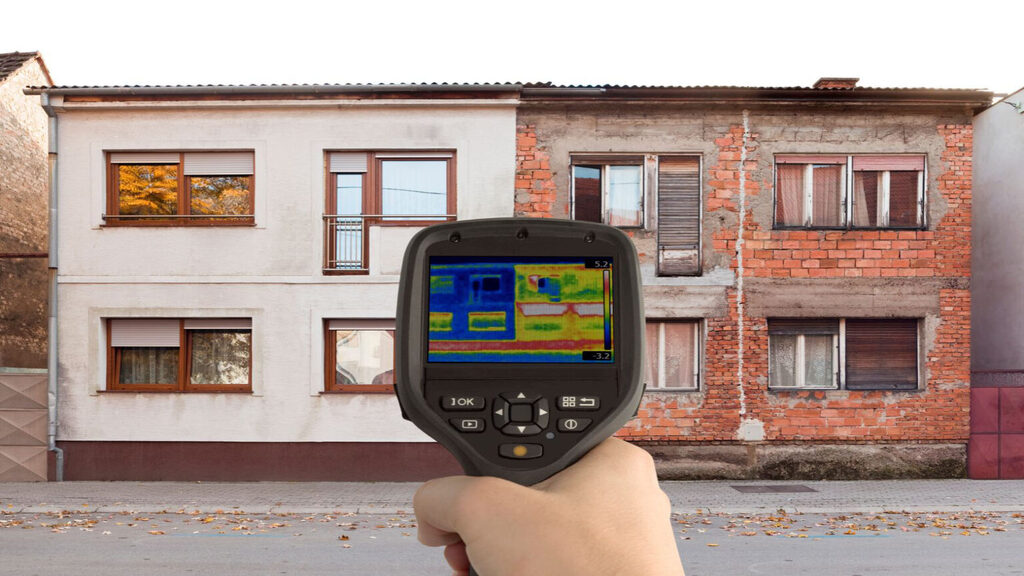Calibration is the procedure by which the accuracy and reliability of all measurements taken by an instrument are ensured. This process holds particular significance in temperature measurements, recognized as a crucial factor across various industries, spanning from healthcare and pharmaceuticals to manufacturing and food safety. Precise temperature readings play a pivotal role in guaranteeing product quality, safety standards, and compliance with regulatory mandates.
Exploring the Fundamentals of Temperature Calibration Techniques
Temperature calibration relies on two primary methods: comparison calibration and fixed point calibration. Comparison calibration involves comparing the output of the device under test with that of a reference device under identical conditions, known to be accurate. In contrast, fixed point calibration relies on the physical properties of reference materials, such as the melting point of ice or the boiling point of water, to calibrate temperature. Both methods ensure that temperature measurements are accurate and traceable to recognized standards.
The Critical Role of Accurate Temperature Calibration
When it comes to temperature readings, accuracy is paramount, as diverging from the truth can lead to consequences ranging from minor inconveniences to catastrophic events. For instance, in healthcare, a defective or uncalibrated thermometer might result in a misdiagnosis or an ineffective treatment plan. Similarly, within the food industry, incorrect temperature readings could lead to spoilage or the proliferation of harmful bacteria, posing significant risks to public health. Thus, the necessity for calibration at regular intervals is not merely a matter of ensuring quality but rather a fundamental requirement for safety.
Temperature's Effect on Calibration: Metal Expansion and Contraction
Temperature, besides affecting the environment of calibration, has a direct effect on the material used within the measuring instruments. This particularly applies to the metal parts that undergo expansion and contraction with temperature changes. This effect could have serious ramifications on the measurements in case it is not properly controlled.
Temperature fluctuations can significantly affect calibration devices, particularly those with metal components. When these components are metallic, changes in temperature cause them to expand or contract, resulting in misleading readings. As a result, temperature control plays a crucial role in instrument calibration. By controlling temperature, it becomes possible to ensure that the metallic parts of the instrument exhibit predictable behavior, enabling precise adjustments that lead to consistent calibration outcomes.



